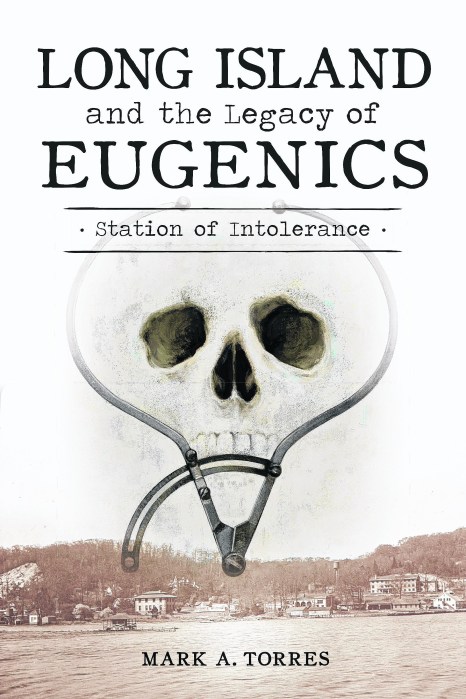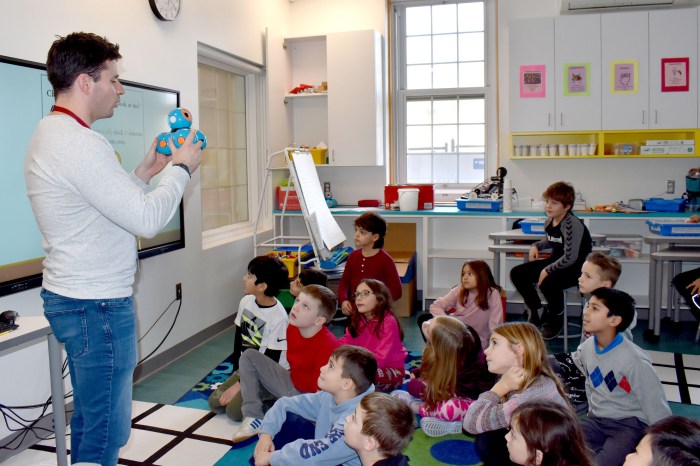When I was a kid exploring the New York Hall of Science with my grandparents and getting spooked by the obviously fake model shark at the American Museum of Natural History, I never imagined that I would become a scientist years later.
That changed because of the science education I had at Commack High School, here on Long Island. The opportunity to choose college-level science courses in high school sowed the seed for my eventual PhD candidacy at the University of Pennsylvania, where I now research how genes are used differently as brain cells develop.
But not all kids on Long Island have the same educational opportunities that I had, and recent federal actions will make it even harder for students from disadvantaged backgrounds to become scientists.
Anti-diversity executive orders have led to the National Institutes of Health (NIH) and the National Science Foundation (NSF) cutting funding for diversity-related research, though a federal judge has since declared NIH diversity-related cuts illegal. Additionally, the National Institute on Drug Abuse canceled its F31 diversity fellowship program, and the NIH eliminated the MOSAIC program; these programs supported diverse and disadvantaged early-career scientists. Furthermore, the proposed 2026 federal budget would gut education support programs, which help students, especially low-income and first-generation, with higher education.
So, why is this so relevant for Long Island?
To put it plainly, Long Island suffers from racial and economic segregation and education inequities along these divisions. Nassau County has a notably high degree of Black/white segregation. Long Island school districts with over 90% students of color are gaining high-needs students faster than other districts. Additionally, a comparison of two Nassau County towns revealed that public schools serving the wealthier, white-majority town spent more money per student, had fewer students per teacher, and offered more Advanced Placement courses.
Even in higher education, financial disadvantages make it harder to outcompete wealthier students, regardless of skills and intelligence. I was lucky enough to have financial support from my family in college, so I had time to dedicate to studying, research, and extracurricular activities that helped strengthen my grad school applications. That might not be an option for students who must spend their time outside class working to support themselves.
Science funding overall now faces massive cuts; if a scientist running a lab doesn’t have enough grant money, they may not be able to take on a student without their own independent funding. And when disadvantaged students are competing in the same pool as students who had more previous opportunities, “merit” can reflect privilege more than potential. Programs supporting disadvantaged early-career scientists can help even out this imbalance. This is important because scientists with diverse life experiences can recognize a wider range of problems that can be addressed with scientific progress.
If the opportunity for every Long Islander to become a scientist is important to you, ask your Senators (1,2) and House Representatives to support federal science and education funding. Ask your state and local representatives to support disadvantaged students so that all budding Long Island scientists have the chance to meet their potential.
The opinions expressed in this essay are my own and do not reflect the stances of the institutions with which I am affiliated.
Amanda N. Weiss is a PhD candidate at the University of Pennsylvania.




























